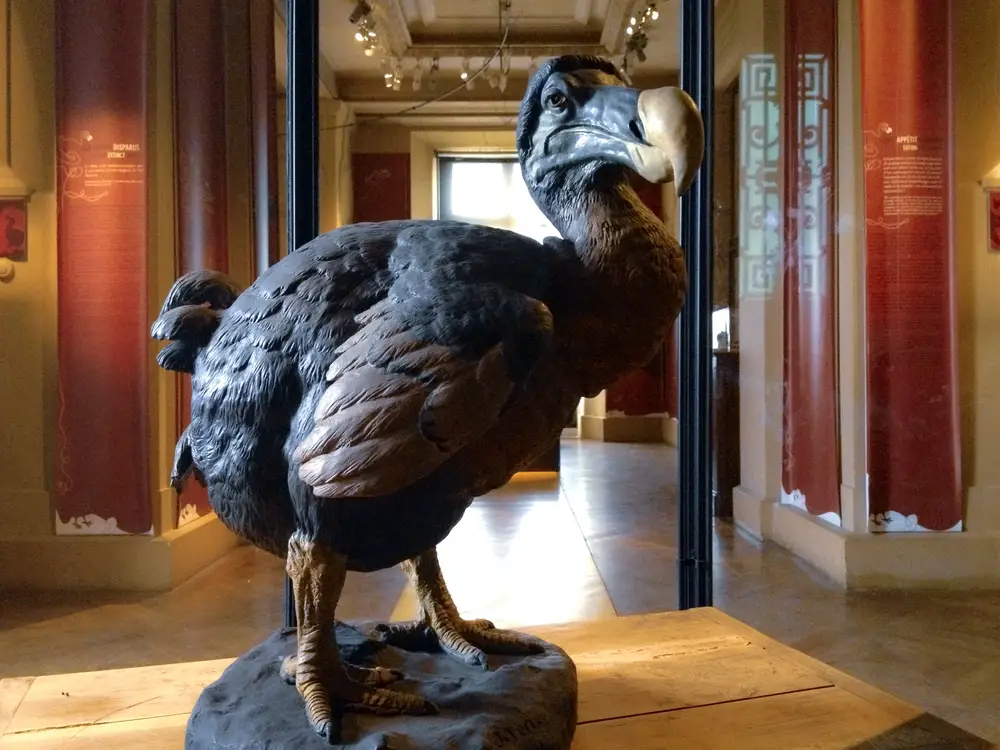Scientists at Colossal Biosciences have made a significant breakthrough in efforts to bring back five extinct animals, including the woolly mammoth, by 2028. The project is led by CEO Ben Lamm, who expressed confidence that they can “de-extinct” not only the mammoth but also the Tasmanian tiger and the dodo. The company aims to create genetically diverse herds of these animals for rewilding, ensuring their long-term survival without human intervention.
In addition to the mammoth, researchers are also focusing on bringing back an Ice Age bear called Arctodus, a giant short-faced bear that stood 14 feet tall, and a giant beaver that once roamed North America and measured about 5 feet in height. Colossal’s chief science officer, Beth Shapiro, is enthusiastic about reviving these species, particularly the large carnivores, as part of their efforts to learn more about their biology and behavior.

Despite concerns about whether the Earth’s current climate can support woolly mammoths, Lamm reassured that mammoths lived in warmer periods before, and their migratory patterns took them to various climates. This adds optimism to the possibility of successfully reintroducing these prehistoric creatures into modern ecosystems.

The team’s progress is fueled by advancements like creating pluripotent stem cells from Asian elephant skin, which may soon lead to the development of mammoth sperm and egg cells. These steps bring scientists closer to their goal of reviving these ancient animals and creating self-sustaining populations in the wild.




